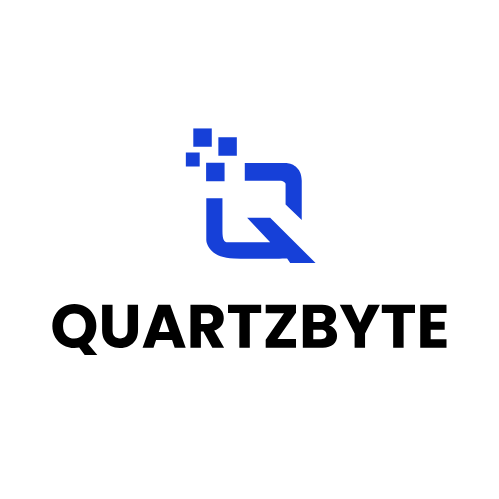Overview:
In 2025, the future of
mobile app development is not just in the cloud it’s right in your pocket. On-device AI processing is transforming how apps are built and how they interact with users. With the convergence of powerful hardware and advanced machine learning, developers now have the tools to build faster, smarter, and more private applications than ever before.
This article explores what on-device AI is, why it matters, and how it’s shaping the next generation of mobile experiences.
What Is On-Device AI Processing?
On-device AI processing refers to the execution of machine learning (ML) models directly on a mobile device, without the need for data to be sent to cloud servers. These computations happen locally, leveraging device-specific hardware like Neural Processing Units (NPUs), GPUs, or high-efficiency CPUs.
Key Technologies Enabling On-Device AI:
Why On-Device AI Is a Game-Changer
1. Privacy and Data Security
Sensitive data like voice, biometric info, or usage behavior remains on the device—dramatically reducing exposure to external breaches and ensuring compliance with privacy regulations.
2. Low Latency and Instant Responses
On-device processing eliminates network delays, offering near-instant feedback. This is critical for real-time use cases like AR, gesture recognition, or voice assistants.
3. Offline Functionality
Applications continue to perform even without an internet connection. Tasks such as speech translation, object detection, or photo enhancement can be handled entirely offline.
4. Battery and Power Efficiency
Modern mobile chips are optimized for local inference, reducing the energy required to send and receive data over networks.
Top Use Cases for On-Device AI in Mobile Apps
Voice Recognition and Virtual Assistants
AI assistants like Siri, Google Assistant, and Bixby process many commands locally—enabling fast, private interactions.
Camera and Image Processing
Photo apps use on-device AI to enhance images, recognize objects, or apply filters in real time.
Personalized User Experiences
From predictive text to contextual content suggestions, apps can personalize without ever sending data off the device.
Mobile Gaming
Games benefit from local AI for non-player character (NPC) behavior, real-time AR overlays, and adaptive difficulty.
Health and Fitness Apps
Biometric analysis (heart rate, motion, sleep tracking) happens on-device, ensuring real-time insights while preserving user privacy.
Development Tools & Frameworks
TensorFlow Lite
Optimized for running lightweight ML models on Android, iOS, and embedded systems.
Core ML (Apple)
Apple’s native framework for deploying ML models across iOS, macOS, and watchOS with seamless Swift integration.
MediaPipe (Google)
Open-source framework designed for vision-based tasks like face mesh, hand tracking, and object detection.
ONNX Runtime
Cross-platform ML framework ideal for deploying edge-optimized AI models with high efficiency.
Performance Considerations for Developers
Battery Optimization
Heavy AI workloads can drain power. Use model quantization and pruning to reduce the load.
App Size
Bundling AI models can bloat app size. Use compression and allow on-demand model downloads.
Model Optimization Tools
Frameworks like TensorFlow Model Optimization Toolkit, PyTorch Mobile, and Apple’s Create ML allow for converting and compressing models for edge devices.
Designing for Privacy in 2025
With global data protection laws like GDPR, HIPAA, and India’s DPDP Act becoming more stringent, privacy-first app design is no longer optional—it’s a competitive advantage.
Benefits of Privacy-First AI Architecture:
-
- No raw user data leaves the device
-
- Stronger user trust and app engagement
-
- Easier compliance with international regulations
The Future: What’s Next for On-Device AI?
Federated Learning
Models are trained across many devices and then aggregated, reducing the need for centralized data collection. Already in use by Gboard.
Hybrid AI Architecture
Split computation between device and cloud for optimal speed and depth. Fast responses happen locally, deep insights come from the cloud.
Innovative App Ideas for 2025
-
- Real-Time Translator App – Instant voice-to-voice translation without a network
-
- Smart Lens App – Identify plant diseases, historical landmarks, or outfit ideas using your camera
-
- AI-Powered To-Do Manager – Voice tasks auto-categorized and scheduled on the fly
-
- Privacy-First Fitness Coach – Real-time workout feedback with zero cloud dependency
Conclusion:
On-device AI processing is more than just a technical trend—it’s a new foundation for building mobile apps that are faster, more responsive, and deeply respectful of user privacy.
As mobile hardware continues to evolve, the smartest apps in 2025 won’t live in the cloud—they’ll live right in your hand.
Looking for Expert Mobile Application Development Services?
If you’re looking for an expert
mobile application development team in the UK, look no further! Our team has extensive experience in developing complex mobile applications, including those that integrate mapping APIs.
Contact us today to discuss your project requirements and learn how we can help you bring your vision to life




